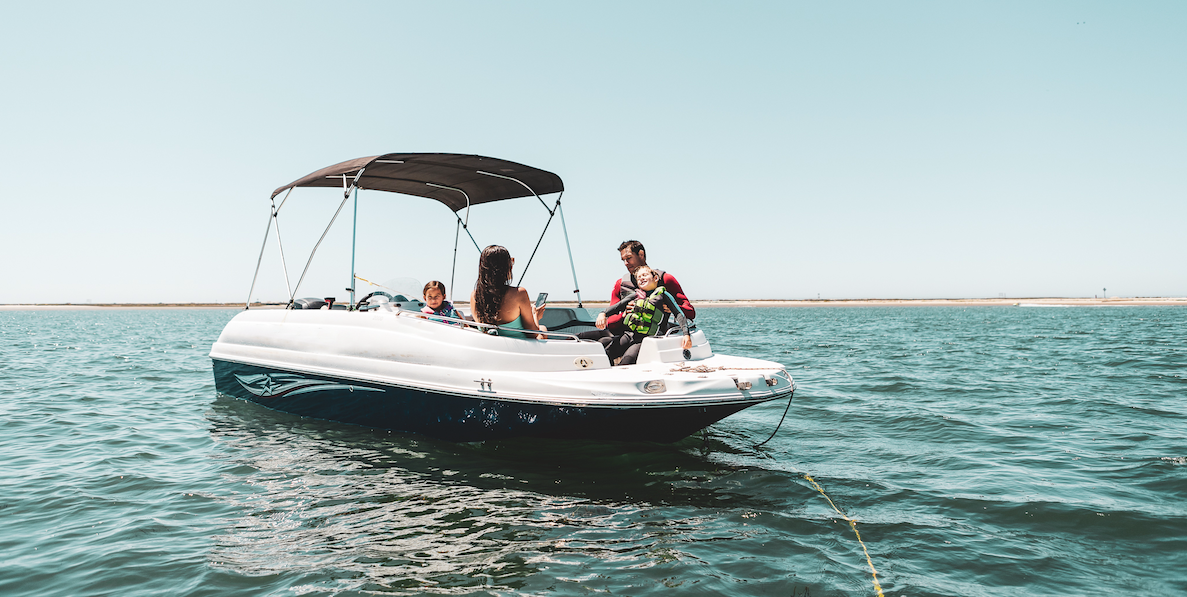Boat dealers are feeling the digital pressure from all sides as the marine industry rapidly evolves under the pressure of the COVID-19 pandemic and most recently the significant influx of new boat buyers that have entered the market.
As an industry, we’ve been touting digital marketing for years — since at least the time I came on the scene in 1999 calling it e-business. Those who have been sharpening their digital tools over the years were prepared when the market place changed dramatically in March. In reality, though, it shouldn’t have taken a pandemic to get dealers to look more closely at digital retailing.
The systems, processes and tactics included in defining that engagement and full-fledged digital retailing remain fuzzy, at best, for most dealers. So, let me start by telling you what it’s NOT. Digital retailing is not digital marketing. It’s not your Facebook page, or your online inventory, email campaigning, chat bot or online payment calculator. It’s also not a button, “Get a Quote!”

For boat dealers, digital retail requires a hybrid of online and offline boat-buying experiences. It gives boat buyers the ability to start the buying process online and then complete the purchase in-dealership — or vice versa. It’s giving consumers a complete set of shopping tools across both a dealer’s digital and physical showrooms and delivering a convenient, faster shopping experience.
A digital retailing experience should allow boat shoppers to build a deal online that reflects a realistic buying scenario. That includes mapping out standard and optional equipment with applicable destination and rigging fees, taxes, trade-in values and add-on protection plans.
Digital retailing platforms also transfer most ― if not all — physical paperwork online. Customers can complete paperwork on a tablet in the store, or log-in and finish the process from the their home. Whether at the dealership or at home, digital retailing streamlines the boat-buying journey while giving customers the flexibility and control they desire.
Outflanked by tech-savvy retailers with deep wallets, boat dealerships everywhere are faced with a choice: Adapt to this new reality or become irrelevant.
Here’s some real-world context:
1.2.3.
It’s time for boat dealers to embrace digital retailing as the new standard for the dealership experience. Fortunately, a handful of new tools are helping boat dealers get into the fight. Digital retail platforms make it easy for them to upgrade the customer experience to keep pace with automotive, the larger marine dealer groups and the evolving expectations of the online marketplace.
As some boat dealers remain wary of moving more of the boat-buying process online, it’s important to note that digital retailing doesn’t replace the showroom; it extends the experience to a powerful new channel for reaching more customers. Digital retail is a major opportunity for boat dealers that will have long-term benefits for early adopters.
Personalizing the buying experience
Executed thoroughly, dealers in the digital landscape capture more customer intelligence up front, giving them a greater chance of closing the deal later. So digital-focused dealers are more informed and empowered when relating with a customer through the insights learned from digital retailing technology. Sales conversations can now include unique buyer information gathered well before a customer walks onto the dealership showroom floor.
Providing the right digital retailing experience means leveraging detailed shopper information to transform the customer relationship. The online workflow should remember boats browsed by a consumer and serve up other relevant options. Their searches and budget parameters should be saved and reapplied when returning to the site and used to market to them. For instance, I’m a 24-foot center console kind of guy. When manufacturers and dealers know this information, sending me ads by email or in my social media feed featuring their new 65’ yacht is a complete waste of effort that leads to me opting out of future campaigns.
It’s difficult for me to write this today — because I remember having to twist boat dealers’ arms to display their inventory online — but a static website today with boat listings doesn’t offer the detailed, personalized experience that today’s consumers want. Personalized buying experiences are, quite simply, the expectation, and today’s digital-first marketplace gives dealers more powerful tools to deliver on that.
The marine industry is going digital. Are you?
A strong digital retailing experience seamlessly integrates your dealership and online presence, and that gives you a new way to leverage customer data, build trust, generate leads, and increase your closing ratio. The best part is that when you do it right, you can close more deals and service more boats with less effort.
Boat dealers stand at a crossroads. As retail changes around them, every owner and GM must make a choice: Do we change with the times, or stick to “business as usual?” Regardless of the road you choose, the digital retail evolution is not stopping for anyone. No one can imagine a future where boat dealers aren’t required to adopt digital marketing tools.
Here’s the good news: it’s not too late to evolve. Every dealer in business today can still adapt to the modern boat-buying experience. Not only will digital retail help you keep up with fast-moving competitors, but it will give you an early-mover advantage over other boat dealerships.
Thanks to modern digital retail platforms, any dealership can offer a top-notch customer experience. We can’t control where the marine industry is going, but we can control how we respond to it.




